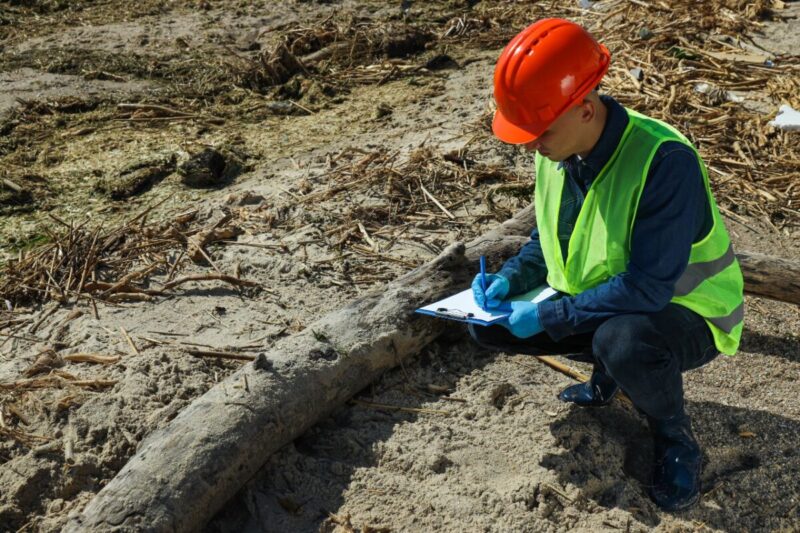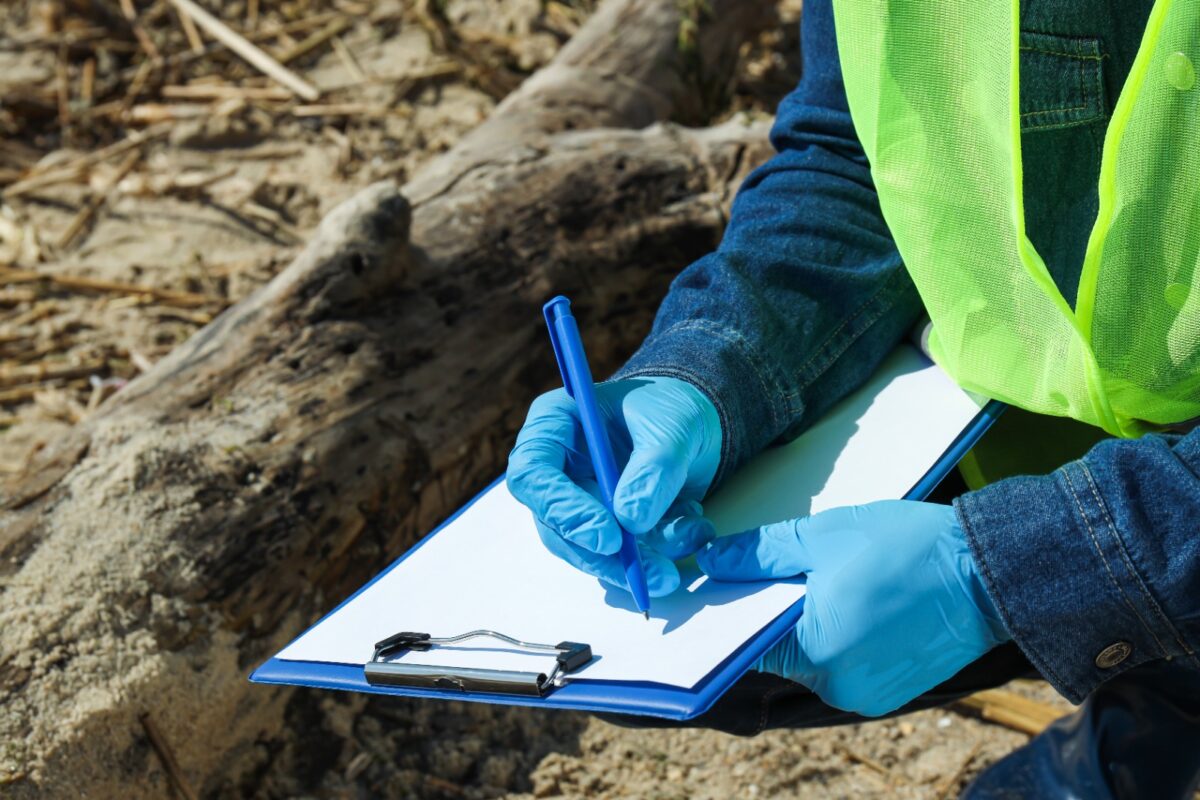Investing or developing in a property requires significant consideration of a multitude of factors, environmental concerns being one of them. The environmental conditions of a place can greatly hamper the investment and even bring losses and damage if not taken care of at the right time. Diverse properties require different climate assessments to ascertain temporary and long-term risks and to come up with solutions to safeguard them. Date-driven, strategic research is necessary for such an assessment.
How Does Environmental Site Assessment Protect You?
Environmental Site Assessment is a critical process for ensuring the safety and growth of an investment, and it helps ensure: –
Safety To Community Health
Community health is often threatened by large-scale investments and requires adequate precautionary measures. An accurate assessment of environmental hazards will help secure the safety of the investment as well as the population inhabiting the area.
Compliance With Environmental Laws
Environmental laws are getting stricter in every corner of the world, and expert navigation is needed for investors to make sure they operate within legal bounds. Compliances require acquiring permits and licenses to function in particular areas, and any violation may result in grave consequences.
To learn more about compliance with environmental regulatory requirements, visit site online.
Structural Longevity
Investment projects may face severe geotechnical challenges in terms of terrain and weather conditions. Assessing soil stability, fault proximity, and subsurface conditions becomes a task for the investor to maintain the project for a longer duration.

What is the Environmental Site Assessment process?
A structured methodological process is followed for environmental site assessment based on comprehensive due diligence and reliable insight.
Historical Research
The process begins with an extensive review of the property’s historical background to identify potential environmental concerns linked to past land use. Examining public records and past land documents helps with this, since it helps uncover the environmental footprint of the site.
Regulatory & Database Analysis
Analyzing local environment reports and databases posits an idea of past environmental hazards and leakage histories. It points out possible contamination in the area and how it might impact the investment.
Site Inspection
Site inspection is crucial since it provides information on the actual physical conditions of the investment, ranging from surface-level soil quality to waste disposal systems and drainage patterns. On-site inspection determines the structural sustainability of the project.
Reporting
A final report is compiled based on the available data. It helps identify any existing environmental conditions peculiar to the site and potential threats. It can help experts come up with possible solutions to eradicate the threats. They may also give recommendations for phase II evaluation to further test out the latent qualities of the physical site.
Data-driven evaluation and protective compliance play a crucial role in environmental site assessment and help maintain progressive investments. By identifying, quantifying, and mitigating potential environmental hazards, the company not only safeguards corporate interests but also contributes to broader ecological resilience and regulatory integrity. For more information, visit site of any expert organization.







